Creamy cacio e pepe
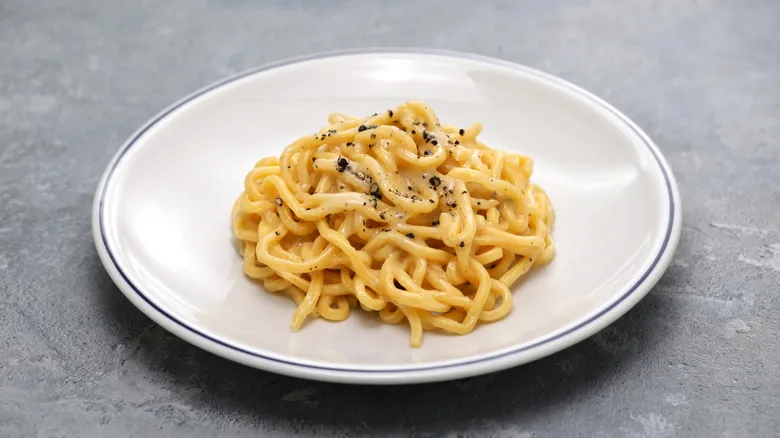
Cacio e pepe, which means cheese and pepper, is believed to have been named after Roman shepherds who roamed the fields on long journeys, relying on simple ingredients like dried pasta, aged sheep's cheese, and pepper for sustenance. This humble peasant dish has evolved into a beloved comfort food today, with an emphasis on cheesiness. While it bears some resemblance to America's mac and cheese, cacio e pepe is typically made with spaghetti or bucatini rather than elbow pasta, and it features a generous amount of black pepper.
The sauce requires only three ingredients: pecorino Romano, pepper, and the starchy water left over from boiling the pasta. This simplicity sets it apart from other classic Roman pasta dishes worth exploring. The key challenge lies in emulsifying these ingredients into a luxuriously creamy sauce, ensuring the cheese doesn’t become clumpy or congealed. Despite its simplicity, cacio e pepe can be one of the trickiest of the four pastas to perfect.
Pasta alla gricia adds guanciale into the mix
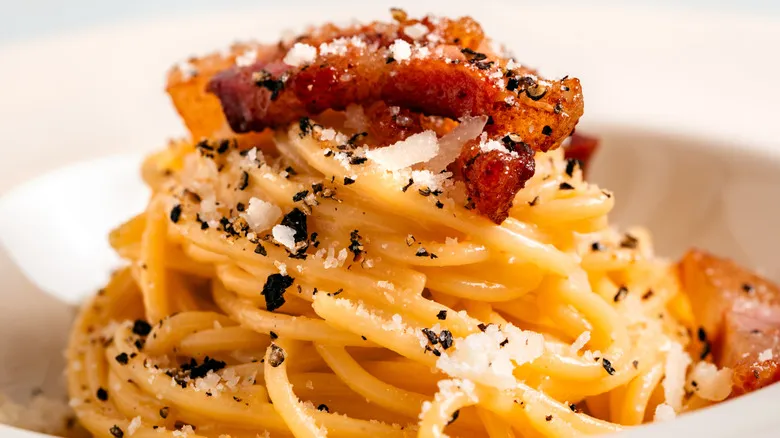
Pasta alla gricia is another essential Roman pasta dish, often referred to as amatriciana bianca (white amatriciana) due to its close relationship with amatriciana, which includes a few additional ingredients. It is thought to have originated from Griciano, a town just minutes away from Amatrice, where amatriciana was first created.
Gricia features a straightforward combination of guanciale sautéed in olive oil, emulsified with starchy pasta water, and mixed with spaghetti or rigatoni, finished with pecorino Romano and black pepper. Interestingly, this dish can be seen as a variation of cacio e pepe, enhanced with guanciale and slightly less cheese. The primary distinction between gricia and amatriciana is that the latter includes tomatoes and spices.
Dating back to around the 5th century, gricia has a longer history than any of the other three pasta dishes. While it may not be as widely recognized globally, locals in Rome will readily attest to its popularity.
Pasta all'amatriciana features a spicy tomato sauce
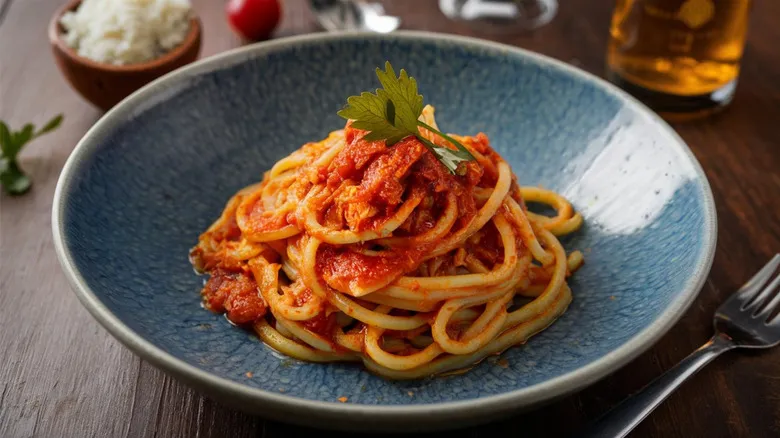
Centuries after pasta alla gricia made its impact on Italian cuisine and tomatoes were introduced to Italy, a chef for Pope Pius VII, Francesco Leonardi, released a recipe for pasta all'amatriciana. This dish originated in Amatrice, a hilltop town northeast of Rome that suffered a catastrophic earthquake in 2016.
Amatriciana builds upon the foundation of gricia and incorporates a blend of tomato sauce, red pepper flakes, pecorino Romano, and rich guanciale. The combined ingredients create a harmonious balance of tangy and spicy flavors, adhering beautifully to the pasta, which is usually rigatoni, spaghetti, or bucatini—perfect companions for tomato sauce. If you take pasta all'amatriciana, omit the tomatoes, and replace red pepper with black pepper, you arrive at gricia—hence the simpler dish's nickname.
Carbonara includes an egg

Carbonara is a dish celebrated around the globe, with its most renowned version hailing from Rome. The name of the dish may come from the Italian word "carbone," meaning coal, possibly because it was traditionally cooked over a charcoal fire, served to coal miners, or because the cracked pepper resembles coal. By adding just one ingredient to the classic gricia, you create carbonara. This dish features three key components: pecorino Romano cheese, guanciale, and black pepper, along with the essential addition of a beaten egg. (For an extra layer of flavor, you might consider Giada de Laurentiis' tip of incorporating a hint of cinnamon.)
Although it may appear to contain cream, the sauce is actually a blend of egg, cheese, and pasta water, which come together to create a creamy consistency. The challenge lies in preventing the eggs from scrambling while preparing the sauce. Achieving the right level of heat, vigorous stirring, and the careful use of pasta water and cheese ensures that all the ingredients meld perfectly, resulting in a satisfying dish typically made with spaghetti or rigatoni.
Recommended
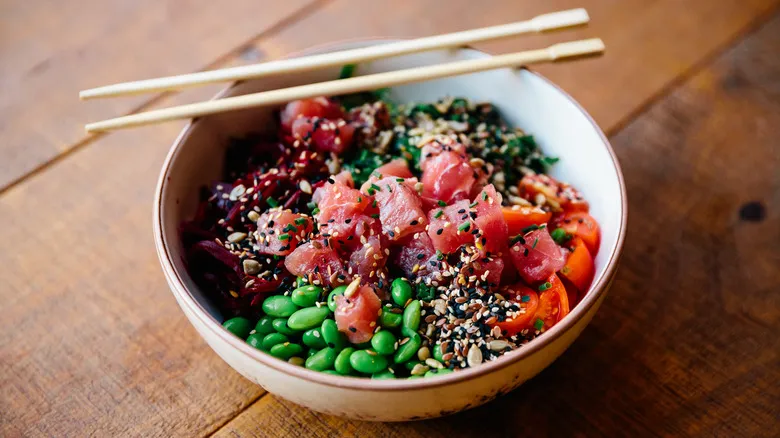
Why Hawaii Is Known For Poke Bowls

The All-American History Of Green Bean Casserole
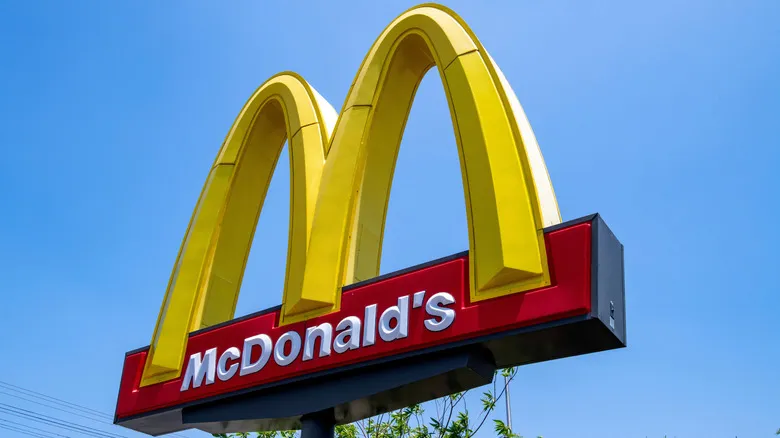
Yes, The Very First McDonald's Was A Barbecue Joint
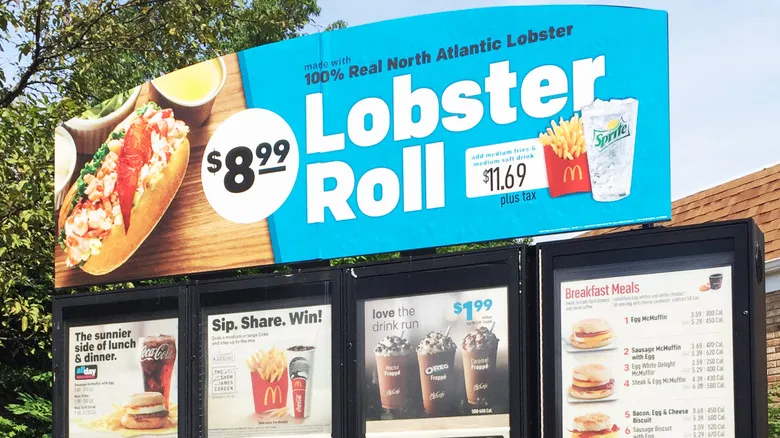
Once Upon A Time, McDonald's Sold A Shockingly Affordable Lobster Roll
Next up

